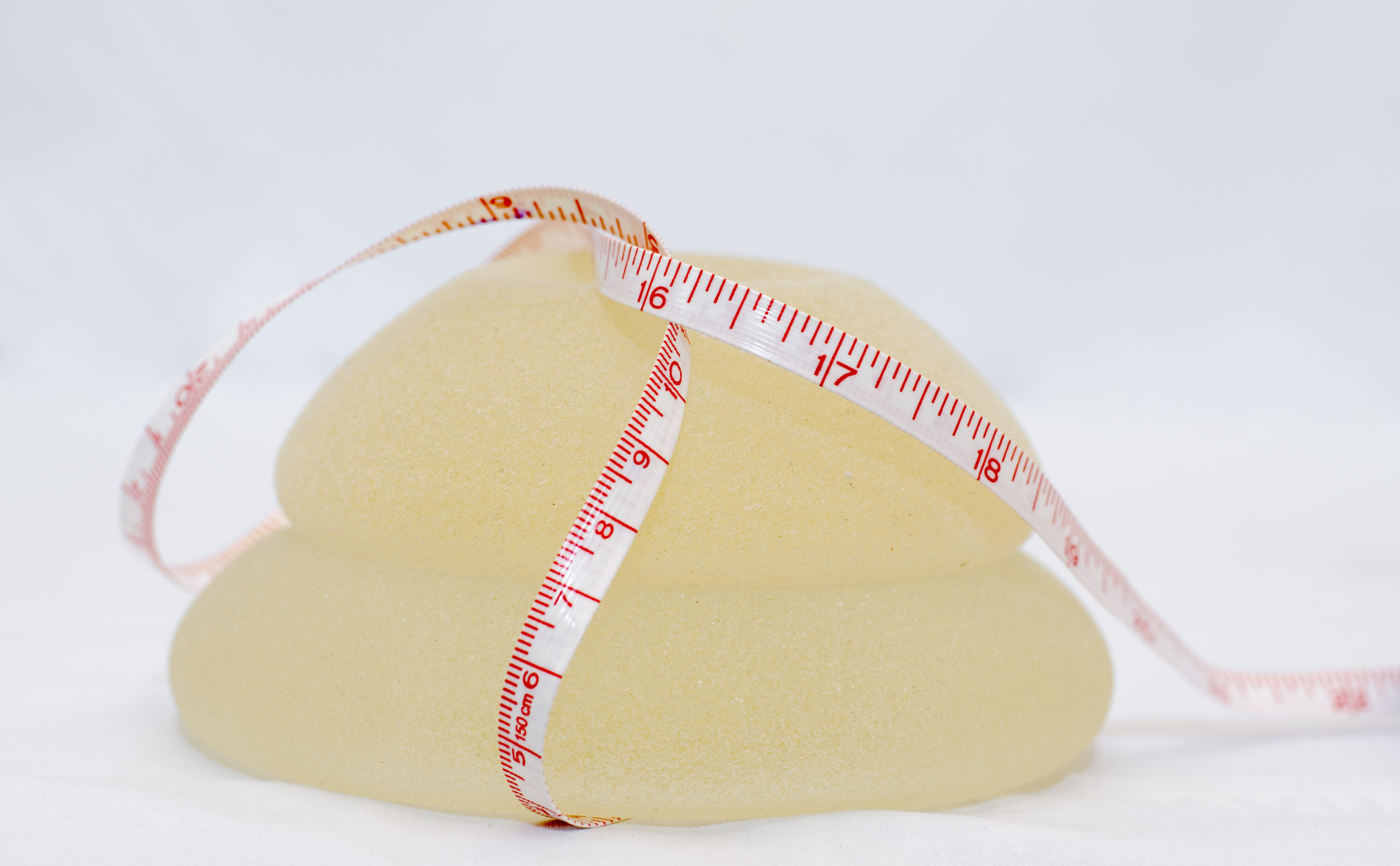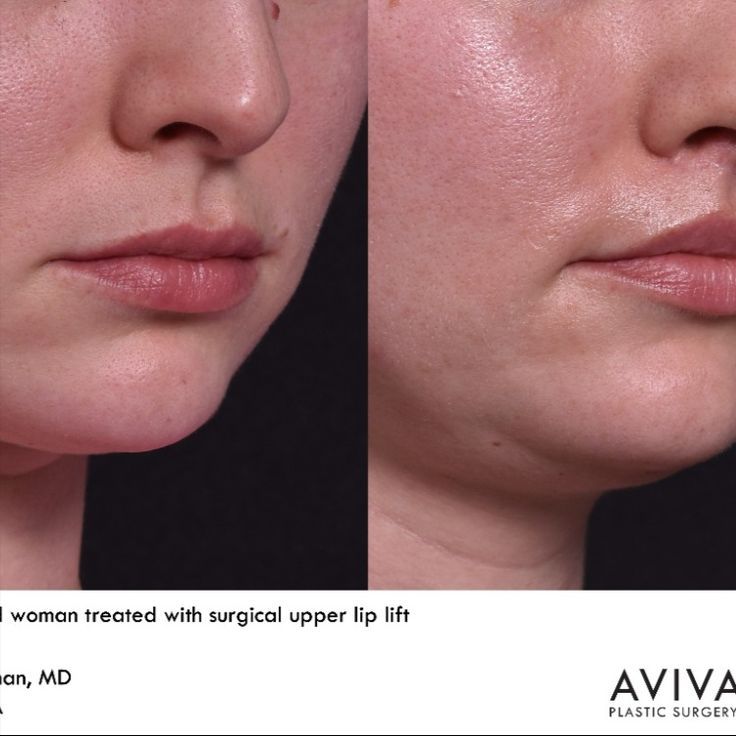
Plastic surgery reconstruction can be used as a cosmetic treatment to help overcome any physical limitations that may result from a disease or injury. One technique used in this procedure is the surgical flaps. Reconstructive surgery can also be used for the treatment of cancer. It is peer-reviewed and covers all aspects relating to plastic surgery, such as operative techniques, clinical research, case reports, and so on.
Breast reconstruction is a cosmetic surgery
Patients can have breast reconstruction after a mastectomy to replace the lost tissue. This procedure is typically minor and can be performed by women of all ages. The surgeon will attempt to match the new breast with the original one during the procedure. But the final result might not be perfect. After undergoing cancer treatment, a woman can postpone reconstruction until her treatment is complete.
Autologous fat grafting is a new type of breast reconstruction. This is tissue taken from another part. This fat tissue is liquified and then injected into the reconstructed breast area. This procedure is primarily used to correct deformities, but can also be used to rebuild an entire breast. It is also safe.

Facial reconstruction is a reconstructive procedure
Facial reconstruction is the process of reconstructing the face of a patient using a variety surgical methods. These techniques can be used to treat a wide range of facial injuries including those affecting the cheeks and eyelids, nose, ears and lips. Reconstructive facial surgery can improve the balance and symmetry of the face.
Facial reconstructive surgery is the process of reattaching blood vessels and skin. The procedure can either be performed in a physician's office or an outpatient surgery centre. The surgeon will collect a detailed medical history before deciding whether to use the patient’s tissue or a prosthetic to restore the facial structure.
Reconstructive microsurgery can be used to treat cancer.
Microsurgery is a surgical procedure that reconstructs the appearance of a damaged area or organ. It uses the patient's own tissue and avoids scarring. Patients experience a quicker recovery and fewer complications. This procedure can also reduce the amount of opioid pain medication that cancer patients need. Patients may need physical therapy in some cases. Reconstructive microsurgery can be used for various types of cancer.
Reconstructive microsurgery is an excellent way to restore a damaged area. The surgeon may use the patient's tissue or graft from a donor. The tissue used in the procedure may be fat, skin, muscle, bone, or a combination of these materials.

Reconstructive surgery using surgical flaps
Surgical flaps, which are often used to reconstruct the skin and face of damaged areas in the body, can be used. Surgical flaps have a number of benefits, including improving aesthetic results, extending surgeons' ability to treat patients who are too large for other methods, and allowing surgeons to remove previously unresectable cancers. Numerous patients have reported an increase in quality of life. New techniques are being developed and cosmetic results are improving. Technical success rates are close to 100 percent.
There are many types and styles of surgical flaps. They can be classified into three categories: pedicled and advancement flaps. The type and nature of defect determines which flap is used. Advance flaps can be used to transfer skin to adjacent regions, while pivotal flaps can transfer skin without rotation.